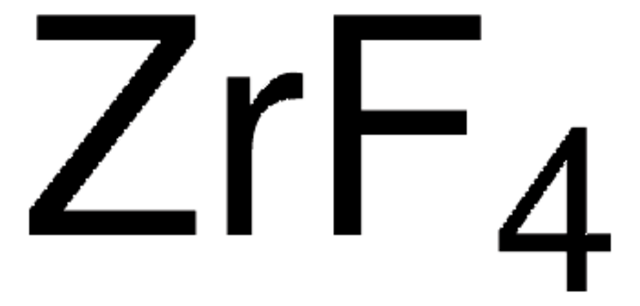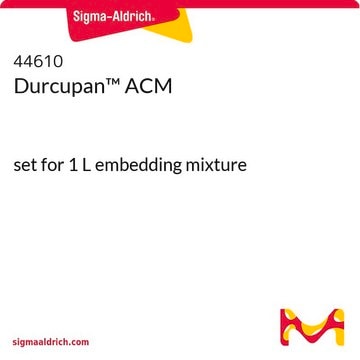464236
Zirconium(IV) hydrogenphosphate
Synonyme(s) :
α-Zirconium phosphate, γ-Zirconium phosphate, Zirconium bis(hydrogen phosphate), Zirconium bis(monohydrogen orthophosphate), Zirconium hydrogen orthophosphate
About This Item
Produits recommandés
Forme
powder
Pertinence de la réaction
reagent type: catalyst
core: zirconium
Densité
3.3 g/mL at 25 °C (lit.)
Application(s)
battery manufacturing
Chaîne SMILES
[Zr+4].OP([O-])([O-])=O.OP([O-])([O-])=O
InChI
1S/2H3O4P.Zr/c2*1-5(2,3)4;/h2*(H3,1,2,3,4);/q;;+4/p-4
Clé InChI
QOKYJGZIKILTCY-UHFFFAOYSA-J
Catégories apparentées
Application
Mention d'avertissement
Warning
Mentions de danger
Conseils de prudence
Classification des risques
Skin Sens. 1
Code de la classe de stockage
11 - Combustible Solids
Classe de danger pour l'eau (WGK)
WGK 3
Point d'éclair (°F)
Not applicable
Point d'éclair (°C)
Not applicable
Équipement de protection individuelle
Eyeshields, Gloves, type N95 (US)
Certificats d'analyse (COA)
Recherchez un Certificats d'analyse (COA) en saisissant le numéro de lot du produit. Les numéros de lot figurent sur l'étiquette du produit après les mots "Lot" ou "Batch".
Déjà en possession de ce produit ?
Retrouvez la documentation relative aux produits que vous avez récemment achetés dans la Bibliothèque de documents.
Les clients ont également consulté
Notre équipe de scientifiques dispose d'une expérience dans tous les secteurs de la recherche, notamment en sciences de la vie, science des matériaux, synthèse chimique, chromatographie, analyse et dans de nombreux autres domaines..
Contacter notre Service technique













